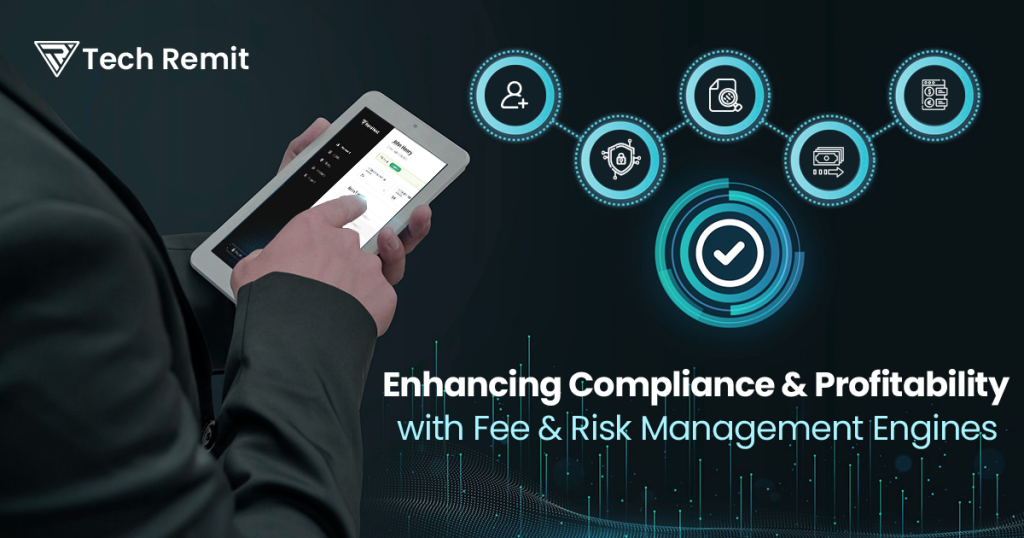Enhancing Compliance and Profitability with Fee and Risk Management Engines

A remittance is money sent from one individual to another across borders via a remittance provider. This is mainly performed by migrant workers who send money to their family in his/her home country. Remittances play a major role in the global economy. It contributes to reducing poverty by facilitating the transfer of income. Remittances also contribute to creating economic stability in developing countries. For example, it expands and diversifies the national income of a country by bringing in foreign currency. Additionally, it contributes to the foreign exchange reserves, which helps maintain national currency and international trade. This article talks about how Fee and Risk Management Engines enhance profitability and compliance in remittance software!
The Need for Fee and Risk Management Engines
Understanding Fee Management
A transparent fee management structure is important as it creates clarity and understanding. It prevents customers from being confused regarding the costs when transferring money. Additionally, it assists customers in making well-informed decisions. Having a transparent fee management structure will also build credibility and a good reputation for the service provider.Mitigating Risks in Remittances
There are many types of risks in remittances such as fraud, compliance risks, and operational risks. These risks arise from being unable to comply with regulations and various errors in the internal systems. Inadequate risk management can lead to financial losses and it also damages the reputation of the remittance provider. Non-compliance with regulations will also lead to legal penalties, creating more costs. There is also a possibility of losing the market due to customer dissatisfaction in the presence of inadequate risk management.Features and Functionalities
Key Features of a Fee and Risk Management Engines
- Fee Calculation and Transparency- It accurately calculates charges related to remittance and notifies the customer.
- Real-time monitoring of compliance- It works immediately and ensures that all operations are compliant. This prevents possible penalties during money transfers.
- Reporting and Analytics- It analyses data and provides useful information for better decision-making.